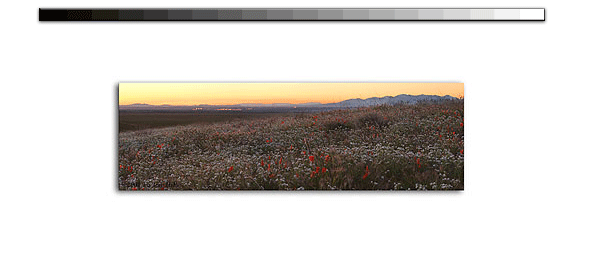|
The image above was totally visualized before pulliing the trigger. I knew the birds tended to dive at the water and had a verticle orientation when doing so. I knew holding the camera vertically would let me create something that was unique and special since most in-flight bird photos are usually horizontal. I also knew shooting at close range like this would totally cut off a major portion of the body. I didn't care. I wanted a portrait of the bird's head and cutting off the body wasn't an issue for me. If I followed conventional wisdom, I would've been left with the general orientation of a bird in flight--horizontal--which would've totally limited the close shot I have here. As it is, the viewer sees up close and personal what the bird is looking like. The wings were probably interesting but including them wouldn't give me this closeup and honestly unique perspective into the life of a flying Brown Pelican.
As you can see, I'm a big proponent of avoiding conventional wisdom. Not that I indiscriminately pick the unique path, I do believe blindlying following generic rules always lead to generic images. I like peering into the close-up world of our wildllife. It gives us a perspective we never have. Visualizing and planning on breaking a rule almost gives you the complete license to steal and follow your own path. In short, think about what kind of image you're trying to get. Do the best you can with the equipment you've got. Then fix whatever you need to after the shot but feel fortunate if you don't have to do anything to make that perfect image.
Cheers
Tom Hill
|




